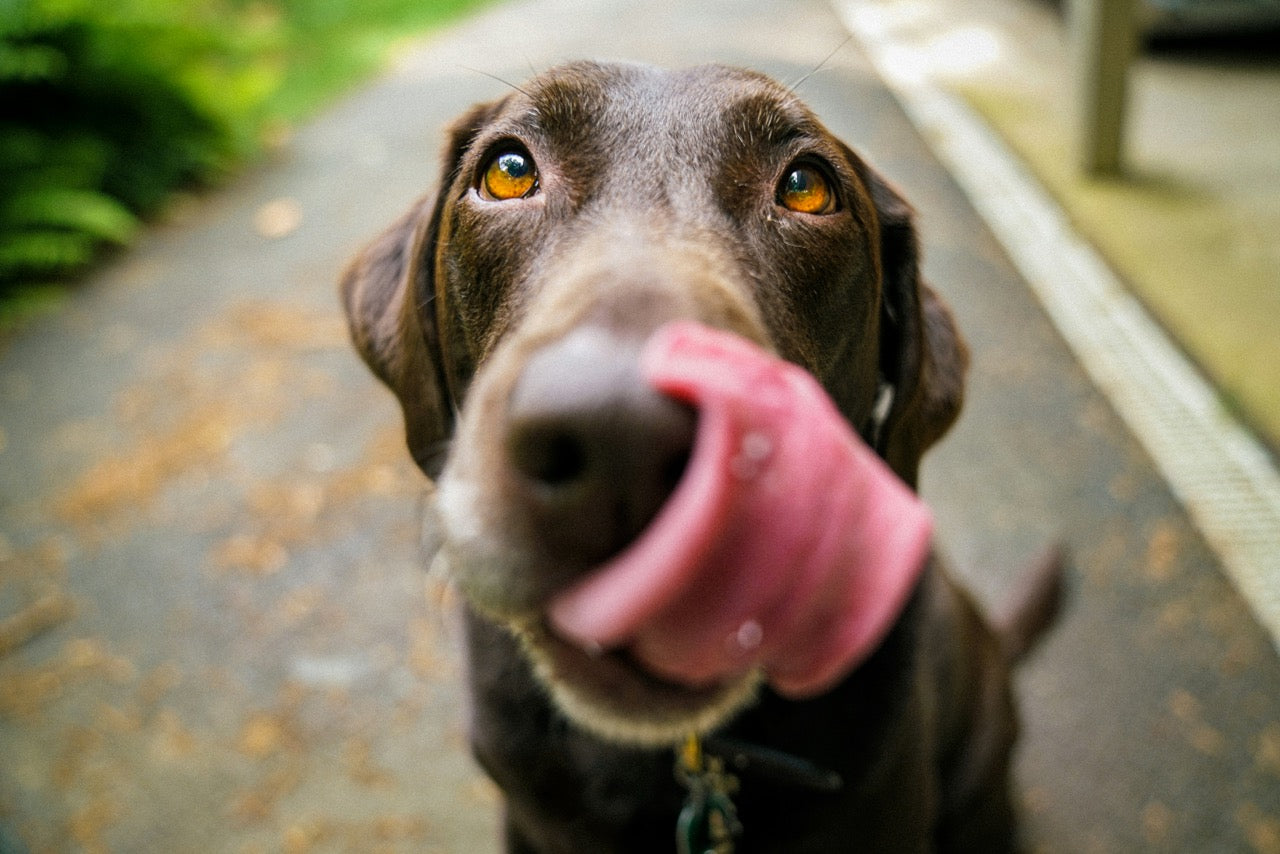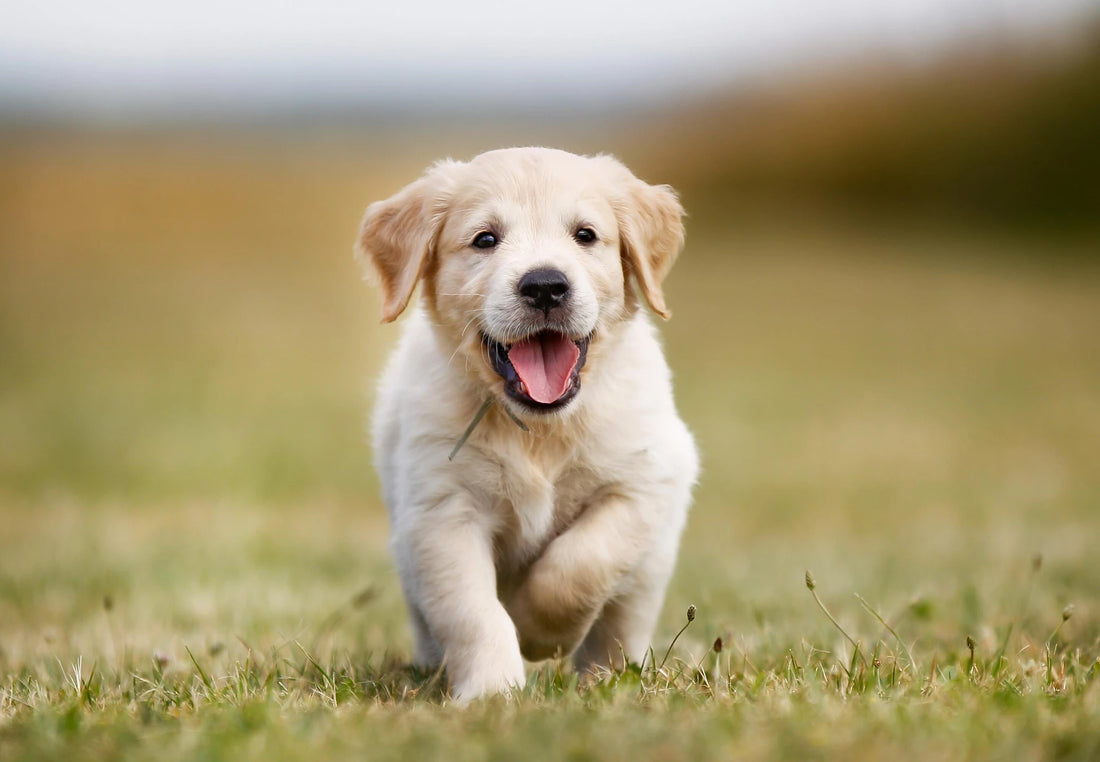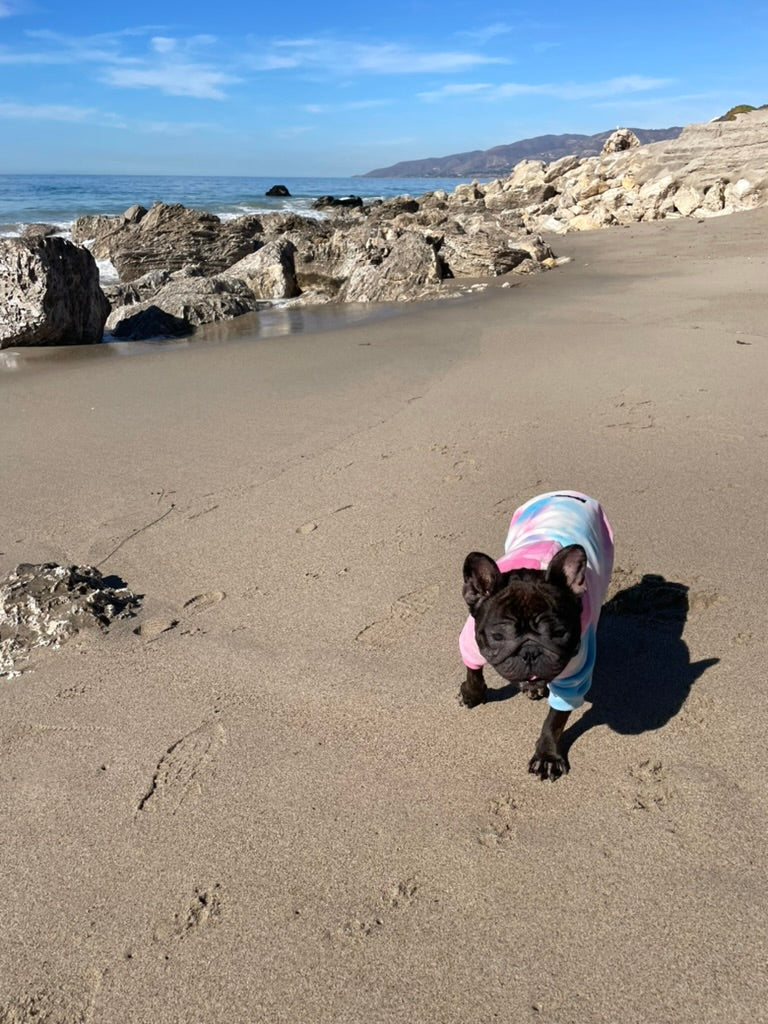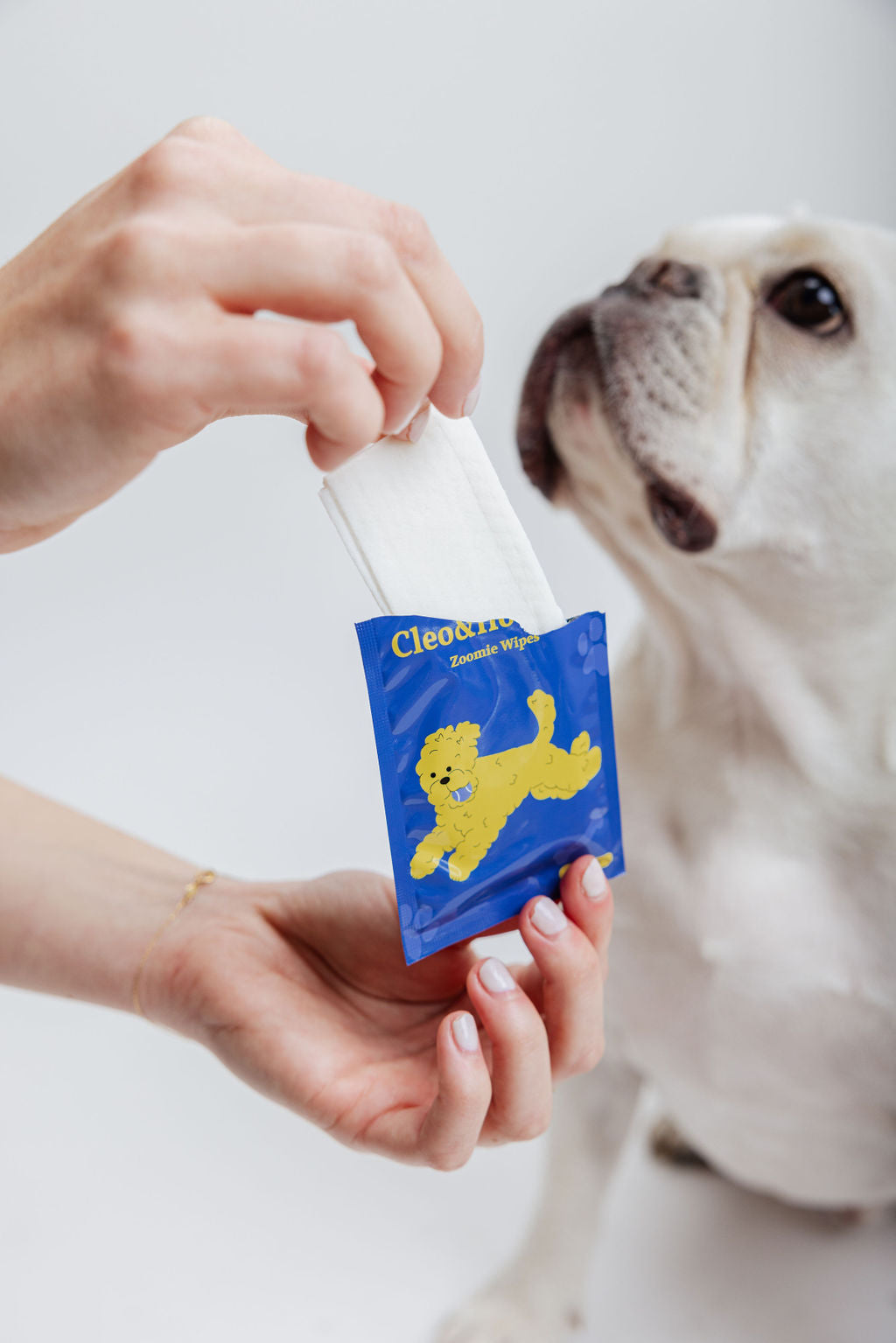Natural disasters, such as hurricanes, can be frightening and dangerous experiences. While we often focus on preparing our homes and families, it's crucial not to overlook the well-being of our pets, especially dogs. Dogs are sensitive creatures, and extreme weather conditions like hurricanes can cause them immense stress. A well-thought-out plan ensures not only the safety of your furry friend but also helps reduce their anxiety during such events.
In this detailed guide, we'll walk you through everything you need to know to prepare your dog for a hurricane, from creating a pet emergency kit to securing your home, as well as how to care for your pet after the storm passes. By the end, you'll be ready to face the storm with confidence, knowing that you've taken the right steps to protect your four-legged family member.
Why Is Preparing Your Dog for a Hurricane Important?
When a hurricane hits, dogs are often left vulnerable. The chaos, loud noises, and changes in their environment can lead to stress, anxiety, and even physical harm if proper measures aren’t in place. Planning ahead ensures that your dog stays calm and safe during and after the storm, whether you're staying at home or evacuating. With the right preparations, you'll be able to care for your dog’s needs while focusing on the safety of your family.
1. Assemble a Pet Emergency Kit
One of the most critical steps in hurricane preparation is assembling an emergency kit tailored specifically for your dog. Here’s a comprehensive list of what to include:
Essentials
- Food & Water: Pack at least a week's worth of food and water. Make sure it’s your dog’s regular food to avoid digestive issues. Don’t forget portable, collapsible bowls.
- Medications: Bring any medications your dog takes regularly and keep them in a waterproof container.
- Medical Records: Include your dog’s vaccination records, along with contact information for your vet and any emergency pet clinics.
- Leash, Collar, and ID Tags: These are crucial for maintaining control of your dog in chaotic situations. Make sure the ID tags are up to date with your current contact information.
Comfort Items
- Favorite Blanket or Toy: Bringing something familiar can help reduce your dog’s anxiety during stressful events.
- Crate or Carrier: If you need to evacuate, having a sturdy crate can provide a sense of security for your dog.
Hygiene
- Waste Bags: You'll need a supply of waste bags to clean up after your dog, especially if you're in a shelter or on the road.
- Disinfectant Wipes: For cleaning your dog’s paws or coat, especially if they come into contact with floodwater or debris.
Having a well-prepared emergency kit ensures that you’ll be able to care for your dog, regardless of the situation. For more detailed checklists, you can refer to resources like the ASPCA's Emergency Checklist.
2. Prepare for Evacuation
If you're ordered to evacuate, you need a solid plan that accounts for your dog's needs. Not all emergency shelters allow pets, so finding pet-friendly accommodations is vital.
Finding Pet-Friendly Shelters
- Research in Advance: Use websites like BringFido or GoPetFriendly to locate shelters and hotels that accept pets. FEMA also provides a list of open shelters during emergencies that accommodate pets.
- Pre-booking Hotels: During an evacuation, hotels fill up quickly. Make reservations in advance when possible to ensure you have a pet-friendly place to stay.
- Friends and Family: Reach out to friends or family outside the hurricane zone who may be able to shelter both you and your dog.
Evacuation Transportation
- Crate/Carrier: Always have a crate ready for your dog to ensure safe transportation. A crate can also provide a calm space for your dog amidst the chaos of evacuation.
- Traveling Essentials: Pack your dog’s leash, collar, food, water, and medical supplies in a grab-and-go bag.
Having a clear evacuation plan is critical to making sure your dog stays safe. Visit FEMA’s pet evacuation guidelines for more information.
3. Secure Proper Identification & Microchipping
One of the biggest risks during hurricanes is the possibility of your dog becoming separated from you. To minimize this risk, ensure your dog has up-to-date identification:
Microchip Your Dog
- Why Microchipping Is Important: Microchips provide permanent identification, allowing vets or shelters to scan and reunite you with your dog. Make sure your contact information is current in the microchip database.
- ID Tags: Make sure your dog’s collar has a visible ID tag with your phone number and home address. Consider adding a secondary contact number, such as a family member’s.
Keep Recent Photos of Your Dog
- In case your dog does become separated, a recent photo will help others identify them. Store a physical copy in your emergency kit and keep a digital version on your phone.
According to the American Veterinary Medical Association, microchipping significantly increases the chances of reunification if pets are lost during a natural disaster.
4. Prepare Your Home for the Hurricane
If you decide to ride out the storm at home, take steps to make your environment as safe as possible for your dog.
Create a Safe Space Indoors
- Interior Room: Choose an interior room away from windows and doors to create a safe space for your dog. This reduces the risk of injury from broken glass or flying debris.
- Remove Hazards: Clear the area of anything your dog could knock over, and secure any heavy objects that might fall.
Secure the Outdoors
- Yard Cleanup: Bring in outdoor furniture, toys, or anything else that could become airborne during the storm. Loose objects are not only a hazard but can damage your home.
Post-Storm Safety
- Leash & Inspect: After the storm, always walk your dog on a leash to inspect for hazards like broken glass, downed power lines, or sharp debris.
Ensuring your home is safe for your dog will reduce the chances of injury or anxiety during and after the hurricane.
5. Stay Calm and Keep Your Dog Calm
Hurricanes can be stressful for everyone, including your dog. Dogs are highly sensitive to the emotions of their owners, so staying calm is key.
Calming Products for Dogs
- Pheromone Sprays: Consider using products like Adaptil, a synthetic pheromone that mimics the calming scent produced by mother dogs. It can help soothe your dog’s anxiety during the storm.
- Anxiety Vests: Products like the Thundershirt can apply gentle pressure to your dog, which can help reduce fear and anxiety.
- Comfort Items: Familiar items like blankets and toys can bring a sense of normalcy to your dog.
Calming Sounds
- White Noise: Use a white noise machine or play calming music to drown out the sounds of thunder and heavy winds.
- Distraction Toys: Give your dog a chew toy or treat puzzle to keep them distracted during the storm.
More tips on keeping your dog calm during natural disasters can be found at the Humane Society's website.
6. Post-Hurricane Care
After the hurricane, there may be hidden dangers. It's essential to remain cautious and vigilant during this time.
Inspect the Area
- Floodwater Hazards: Avoid letting your dog drink or swim in floodwaters, as they may contain harmful bacteria, chemicals, or sharp objects.
- Leash Your Dog: Keep your dog on a leash when inspecting your yard or neighborhood for damage.
Health Monitoring
- Watch for Signs of Illness: If your dog appears lethargic or is vomiting, seek veterinary care immediately. These could be signs of ingesting contaminated water or stress-induced illness.
- Vet Checkup: After the storm, take your dog to the vet for a health check, especially if they’ve been exposed to floodwaters or any injuries.
7. Donate to Help Animals Affected by Hurricanes
If you want to help animals in need after a hurricane, there are several organizations dedicated to rescue and relief efforts:
-
Humane Society Disaster Relief Fund: Provides emergency care for pets during disasters.
- Donate here.
-
Best Friends Animal Society: Specializes in rescuing pets displaced by natural disasters.
- Donate here.
-
ASPCA Disaster Relief: Frequently assists with rescue and emergency sheltering for displaced pets.
- Donate here.
-
GreaterGood.org Rescue Bank: Supplies pet food and products to shelters affected by disasters.
- Donate here.
Conclusion
Preparing for a hurricane with your dog requires foresight and planning, but it is essential for their safety and well-being. From creating a pet-specific emergency kit to securing your home and ensuring post-storm safety, these steps will help protect your beloved furry friend during one of the most stressful events they might ever experience. Stay calm, be prepared, and remember to always prioritize your pet’s safety.
For more hurricane preparedness tips, visit Ready.gov and start planning today.






